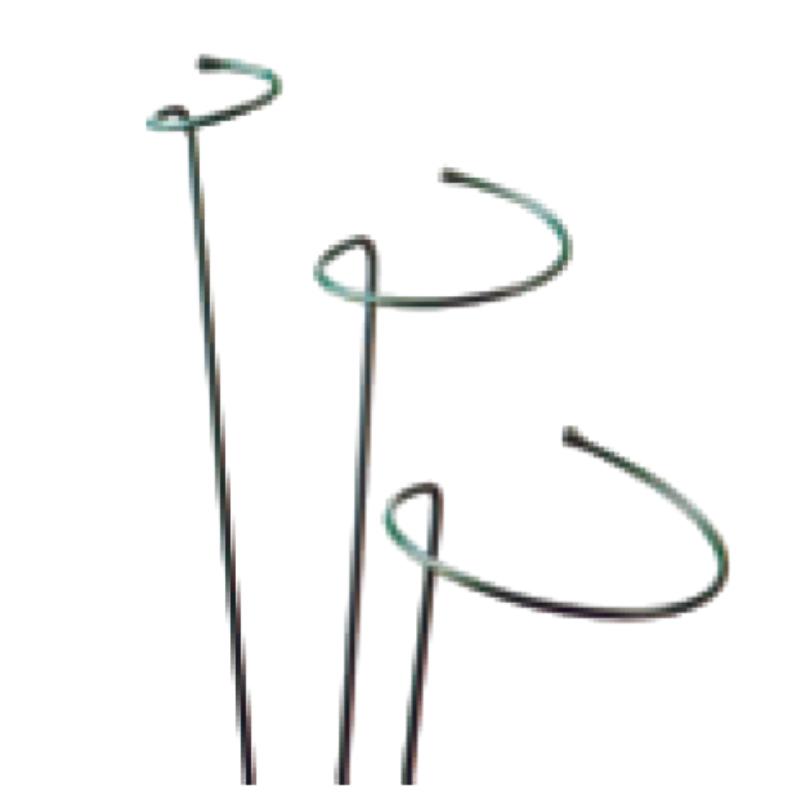-
E-mailem:zhao@hyliec.cn
-
Tel:+86 311 85273988
-
WhatsAPP:8613931128750
-
 Afričan
Afričan -
 albánský
albánský -
 amharština
amharština -
 arabština
arabština -
 arménský
arménský -
 ázerbájdžánský
ázerbájdžánský -
 baskický
baskický -
 běloruský
běloruský -
 bengálský
bengálský -
 bosenský
bosenský -
 bulharský
bulharský -
 katalánština
katalánština -
 Cebuano
Cebuano -
 Korsičan
Korsičan -
 chorvatský
chorvatský -
 čeština
čeština -
 dánština
dánština -
 holandský
holandský -
 Angličtina
Angličtina -
 esperanto
esperanto -
 estonština
estonština -
 finština
finština -
 francouzština
francouzština -
 fríský
fríský -
 galicijský
galicijský -
 gruzínský
gruzínský -
 Němec
Němec -
 řecký
řecký -
 Gudžarátština
Gudžarátština -
 haitská kreolština
haitská kreolština -
 hausa
hausa -
 havajský
havajský -
 hebrejština
hebrejština -
 ani náhodou
ani náhodou -
 Miao
Miao -
 maďarský
maďarský -
 islandský
islandský -
 igbo
igbo -
 indonéština
indonéština -
 irština
irština -
 italština
italština -
 japonský
japonský -
 jávský
jávský -
 Kannada
Kannada -
 kazašský
kazašský -
 khmerské
khmerské -
 Rwandské
Rwandské -
 korejština
korejština -
 kurdština
kurdština -
 kyrgyzština
kyrgyzština -
 TBC
TBC -
 latinský
latinský -
 lotyšský
lotyšský -
 litevský
litevský -
 lucemburský
lucemburský -
 makedonský
makedonský -
 Malgashi
Malgashi -
 malajština
malajština -
 malajálamština
malajálamština -
 maltština
maltština -
 maorští
maorští -
 maráthština
maráthština -
 mongolský
mongolský -
 Myanmar
Myanmar -
 nepálský
nepálský -
 norský
norský -
 norský
norský -
 okcitánština
okcitánština -
 paštština
paštština -
 Peršan
Peršan -
 polština
polština -
 portugalština
portugalština -
 pandžábština
pandžábština -
 rumunština
rumunština -
 ruština
ruština -
 Samoan
Samoan -
 skotská gaelština
skotská gaelština -
 srbština
srbština -
 Angličtina
Angličtina -
 Shona
Shona -
 Sindhi
Sindhi -
 sinhálština
sinhálština -
 Slovák
Slovák -
 slovinský
slovinský -
 somálský
somálský -
 španělština
španělština -
 sundánština
sundánština -
 svahilština
svahilština -
 švédský
švédský -
 Tagalog
Tagalog -
 tádžický
tádžický -
 tamilština
tamilština -
 Tatar
Tatar -
 telugština
telugština -
 thajština
thajština -
 turečtina
turečtina -
 turkmenský
turkmenský -
 ukrajinština
ukrajinština -
 Urdu
Urdu -
 ujgurské
ujgurské -
 uzbecký
uzbecký -
 vietnamština
vietnamština -
 velština
velština -
 Pomoc
Pomoc -
 jidiš
jidiš -
 jorubština
jorubština -
 Zulu
Zulu
Metal Plant Supports
What Is The Support Structure Of A Plant?
The support structure of a plant refers to the system of tissues and organs that provide stability and enable the plant to maintain an upright position. This support structure includes several key components:
1. Cell walls: The rigid cell walls of plant cells provide structural support, especially in non-woody plants. The cell walls help maintain the shape and rigidity of the plant's cells, contributing to its overall structure.
2. Stems: Stems play a crucial role in supporting the plant and providing a framework for the attachment of leaves, flowers, and reproductive structures. The stems also facilitate the transport of water, nutrients, and sugars throughout the plant.
3. Roots: The root system anchors the plant in the soil, providing stability and support. Additionally, roots absorb water and nutrients from the soil, contributing to the overall health and growth of the plant.
4. Vascular tissues: Xylem and phloem are specialized tissues that form the plant's vascular system. Xylem transports water and minerals from the roots to the rest of the plant, while phloem transports sugars and other organic compounds to various parts of the plant.
5. Specialized structures: Some plants have specialized support structures, such as tendrils, thorns, or aerial roots, which aid in climbing, attachment, or additional support.
The combination of these structural elements allows plants to maintain their shape, withstand environmental forces, and support essential physiological processes.
Iron Plant Supports Faq
What are the benefits of using iron plant supports?
Iron plant supports offer durability and strength, making them suitable for providing robust support for heavy or sprawling plants. They can withstand the weight of mature plants and help maintain their shape and structure.
What types of plants are best supported by iron plant supports?
Iron plant supports are well-suited for providing support to a wide range of plants, including peonies, roses, delphiniums, and other tall or heavy-flowering perennials. They can also be used for supporting climbing plants such as clematis or sweet peas.
How should iron plant supports be installed?
Iron plant supports should be installed firmly in the ground to ensure stability. When supporting individual plants, place the support structure around the plant early in the growing season, allowing the plant to grow into and around the support naturally.
Are there different styles and designs of iron plant supports available?
Yes, iron plant supports come in various styles and designs, including hoop supports, grid supports, and individual stakes. These different designs cater to the specific needs of different types of plants and can provide effective support while enhancing the visual appeal of the garden.
How can iron plant supports be maintained?
To maintain iron plant supports, periodically inspect them for signs of rust or corrosion, especially if they are exposed to the elements. If rust is present, it can be removed using a wire brush, and the supports can be treated with a rust-resistant coating or paint to prolong their lifespan.






